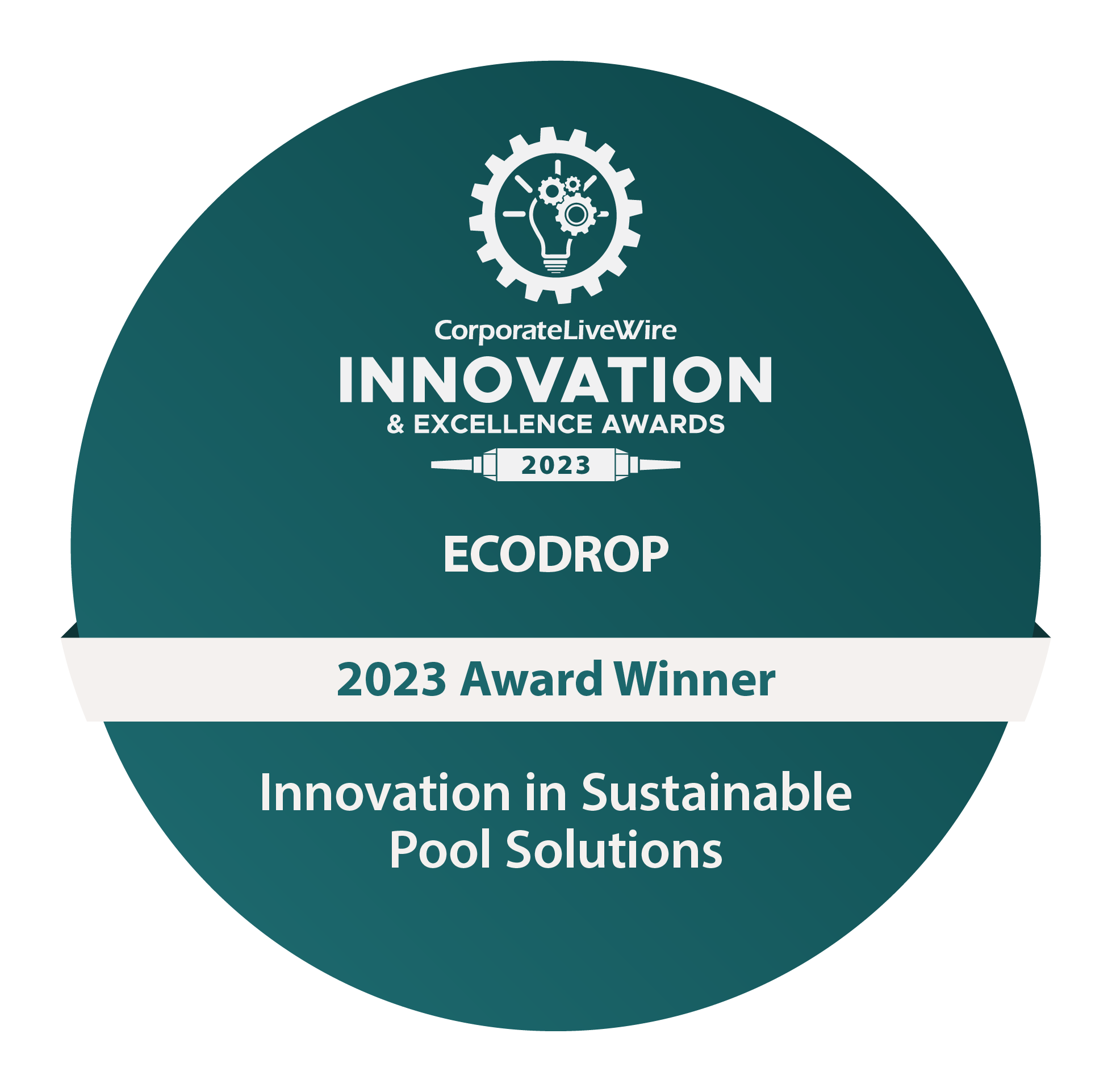Plastics
Kunststoff-Poolwannen sind sehr beliebt. Sie sind günstig, dicht, einfach zu reinigen und können in verschiedenen Formen hergestellt werden. Kunststoffbecken eignen sich aber nur auf stabilem, flachem Untergrund.
Polyvinyl chloride (PVC), glass-fibre reinforced polyester (GRP) and polypropylene (PP) are mainly used. All these types of plastic are made of petroleum.
The combination of chlorine and UV rays dries out the plastic, making it brittle and pale. It is possible to prevent this aging effects with complex chemical treatments.
Polypropylene (PP) is one of the plastics that is classified as harmless to health because it does not contain plasticisers. However, PP decomposes with UV radiation and loses elasticity below 0°C. These tubs have the shortest lifespan.
Polyvinyl chloride (PVC) contains plasticisers that are considered a health concern. PVC causes serious health and environmental problems, from production to disposal.
Glass-fibre reinforced polyester (GRP) is the most sustainable, durable and safe plastic tub. However, during production and processing the companies must respect high protective regulations. The visual ageing of the material is also not ideal.
Concrete
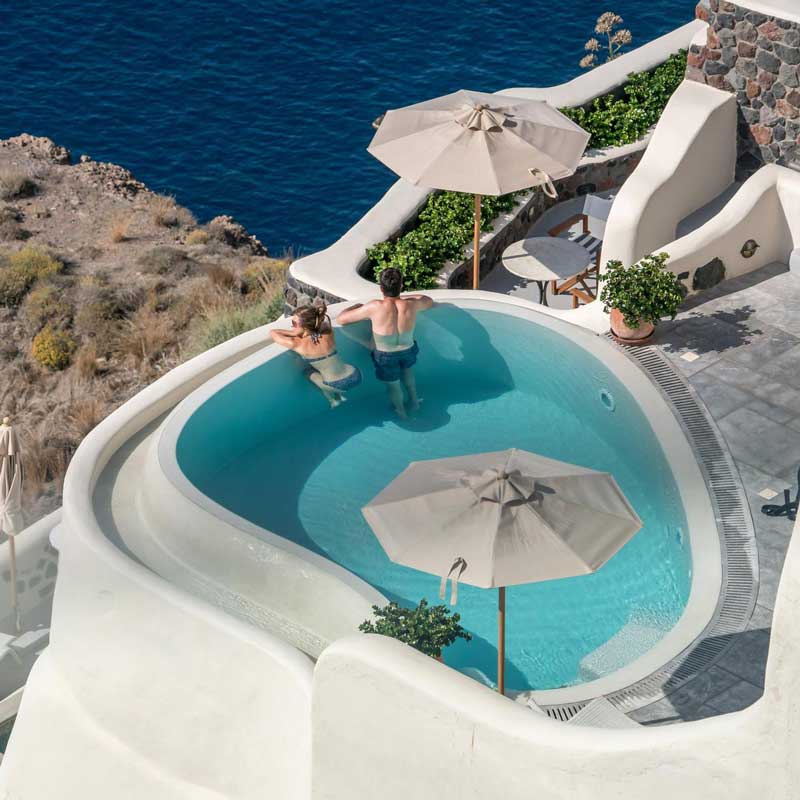 Concrete is not waterproof, but can be made water-resistant with chemical additives. Nevertheless, micro-cracks develop over time into which water penetrates. A concrete pool quickly becomes in need of renovation. Concrete is therefore very expensive to maintain.
Concrete is not waterproof, but can be made water-resistant with chemical additives. Nevertheless, micro-cracks develop over time into which water penetrates. A concrete pool quickly becomes in need of renovation. Concrete is therefore very expensive to maintain.
If the concrete is lined with a plastic membrane, the pool is cheaper to maintain. These plastic foils have a rough surface and can fade. This increases the energy and cleaning costs.
Concrete can be coated with epoxy resin, which makes it waterproof. However, if there are cracks in the concrete (e.g. subsidence of the soil, shifting of the soil or water from outside), the resin also suffers. In this case, you can sandblaste the surface and repaint it at any time.
Steel with epoxy resin coating
Steel pools are robust, do not have to be sunk into the ground and can be set on any soil. It is preferably to install them in a container (container pool). Steel rusts. This can be prevented with a complete epoxy resin coating (inside and outside) or alternatively with a plastic foil on the inside. Again, if epoxy resin coated, the surface can be sandblasted and repainted at any time. As these tubs are very smooth, the cleaning effort is small. It is important that the seams are cleanly welded (preferably double welded).
Steel retains its raw material value and the basin can be lifted out and moved at any time.
Stainless steel
INOX steel pools are among the most noble of all pool types. Stainless steel also rusts, especially when in constant contact with corrosive agents such as chlorine. This type of pool is very robust, completely UV-resistant and suitable for any surface. Here, the quality of the weld seam is also the most important criterion.
Stainless steel is very expensive, but retains much of its raw material value. Basins can be placed on the ground or sunk into the earth. On slopes, the free side can be combined with glass windows.
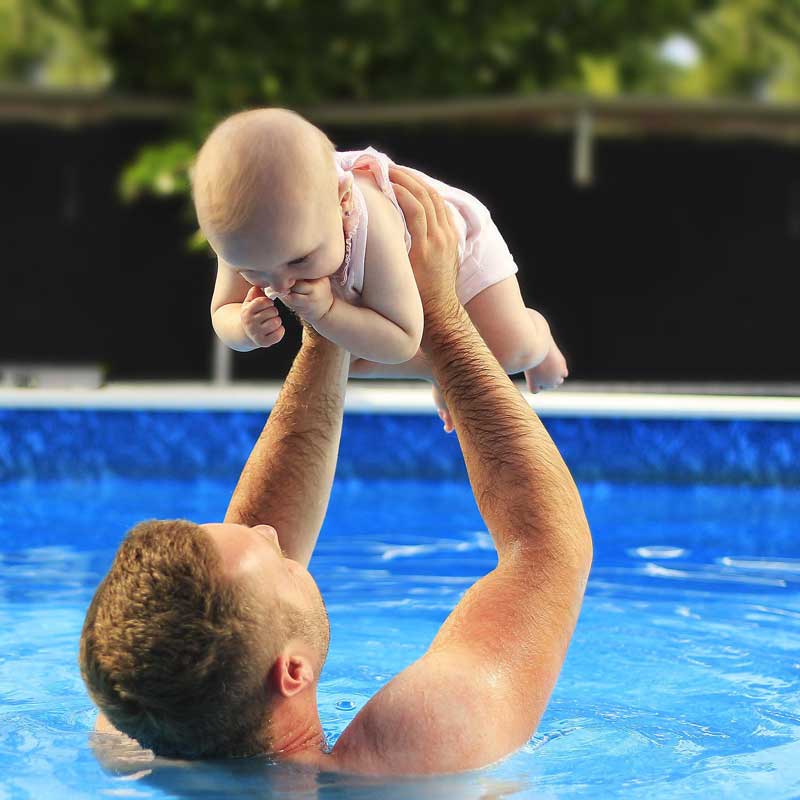 Why is toxic chlorine still used in swimming pools today?
Why is toxic chlorine still used in swimming pools today?




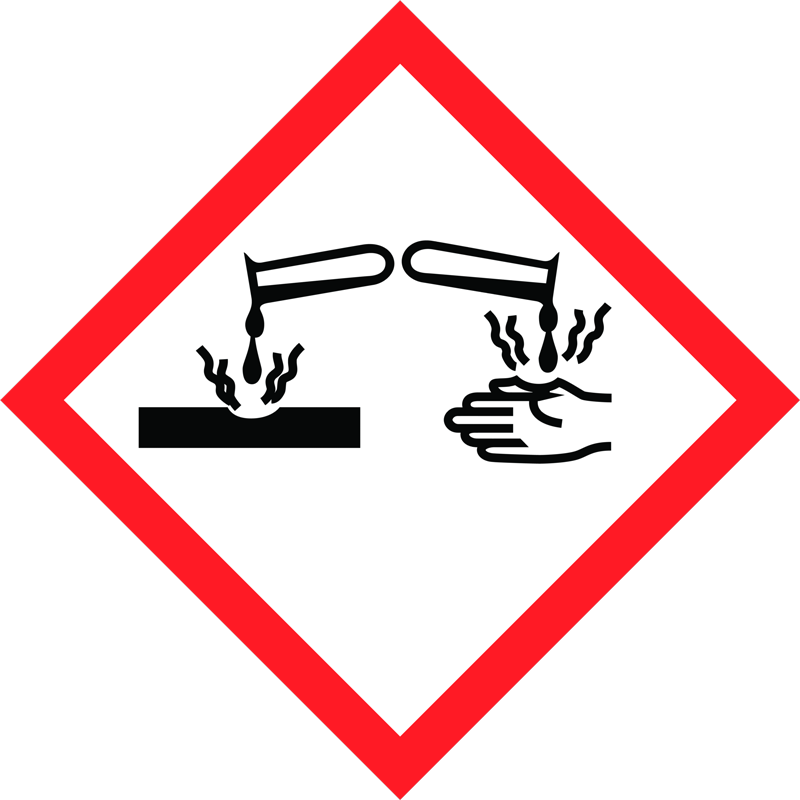
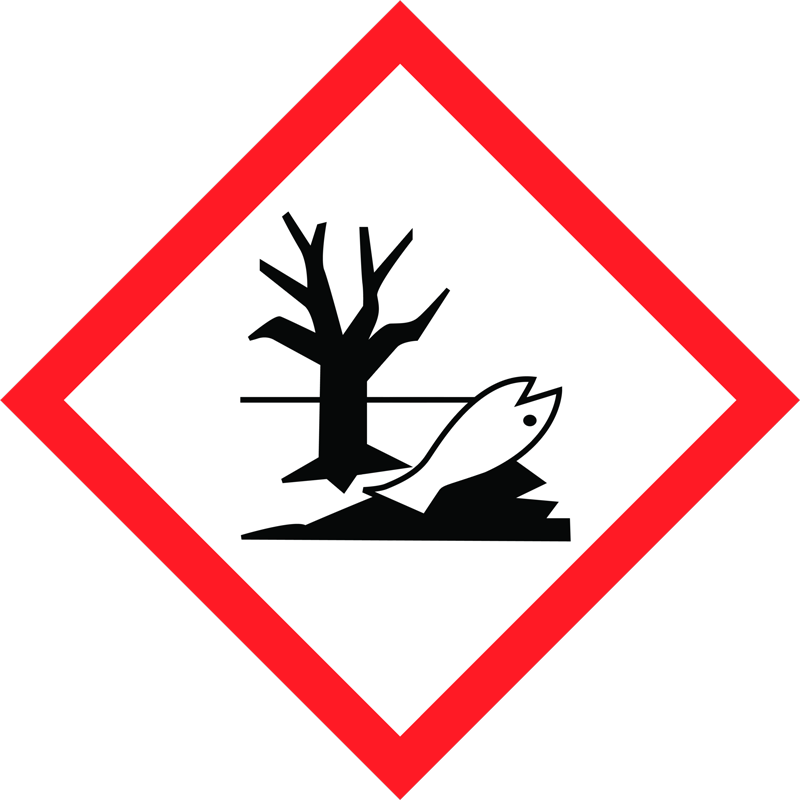 Chlorine is a very reactive element. It has been classified as so toxic that it is in the highest toxicity category. It also bleaches out dyes. (
Chlorine is a very reactive element. It has been classified as so toxic that it is in the highest toxicity category. It also bleaches out dyes. ( Yes, there is!
Yes, there is! Have you ever trained with a counter-current system?
Have you ever trained with a counter-current system?  Concrete is not waterproof, but can be made water-resistant with chemical additives. Nevertheless, micro-cracks develop over time into which water penetrates. A concrete pool quickly becomes in need of renovation. Concrete is therefore very expensive to maintain.
Concrete is not waterproof, but can be made water-resistant with chemical additives. Nevertheless, micro-cracks develop over time into which water penetrates. A concrete pool quickly becomes in need of renovation. Concrete is therefore very expensive to maintain.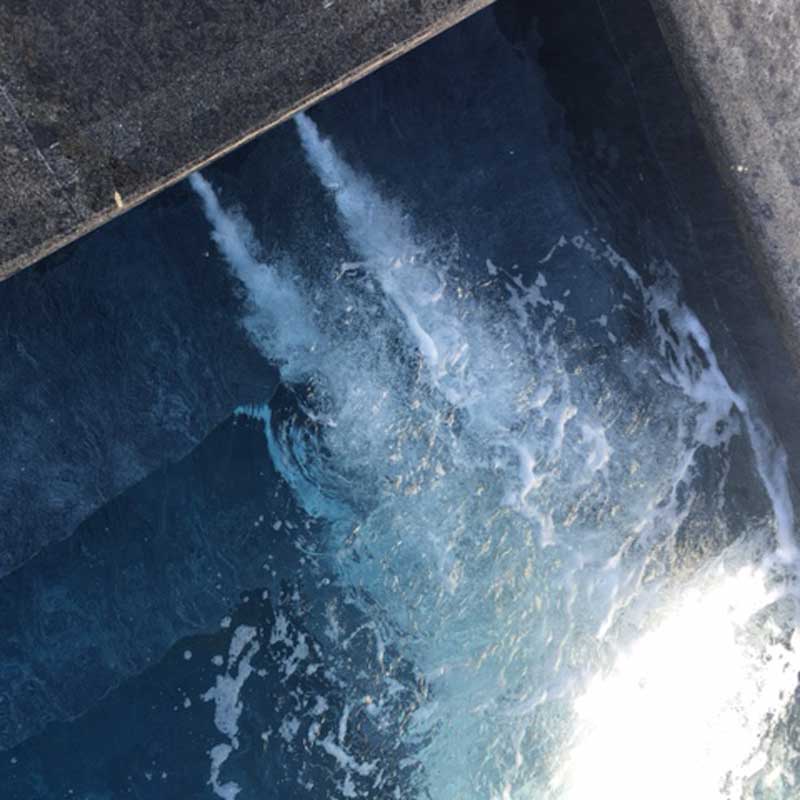 Hydromassage is a collective term for therapies that stimulate the circulation of the skin, muscles and soft tissues with the help of water pressure, heat and sometimes water/air mixtures. Tensions are relieved gently.
Hydromassage is a collective term for therapies that stimulate the circulation of the skin, muscles and soft tissues with the help of water pressure, heat and sometimes water/air mixtures. Tensions are relieved gently.
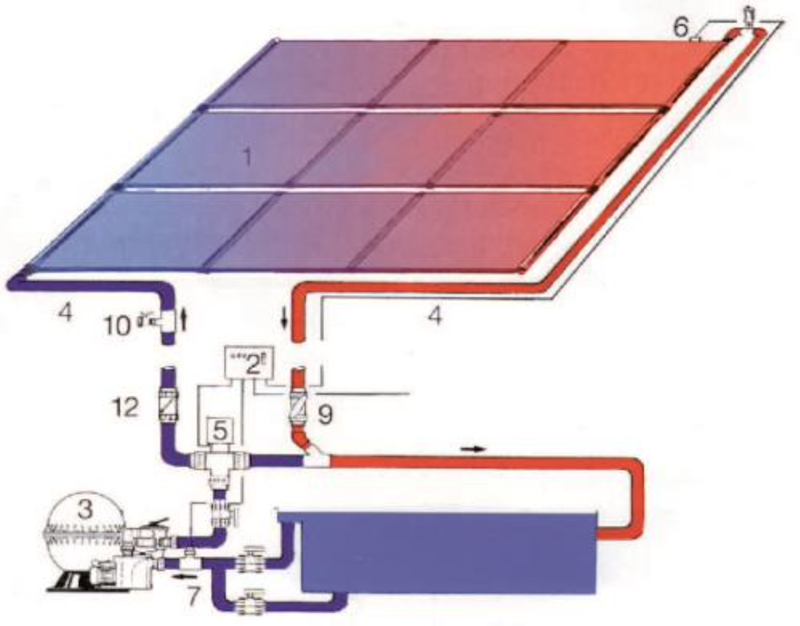
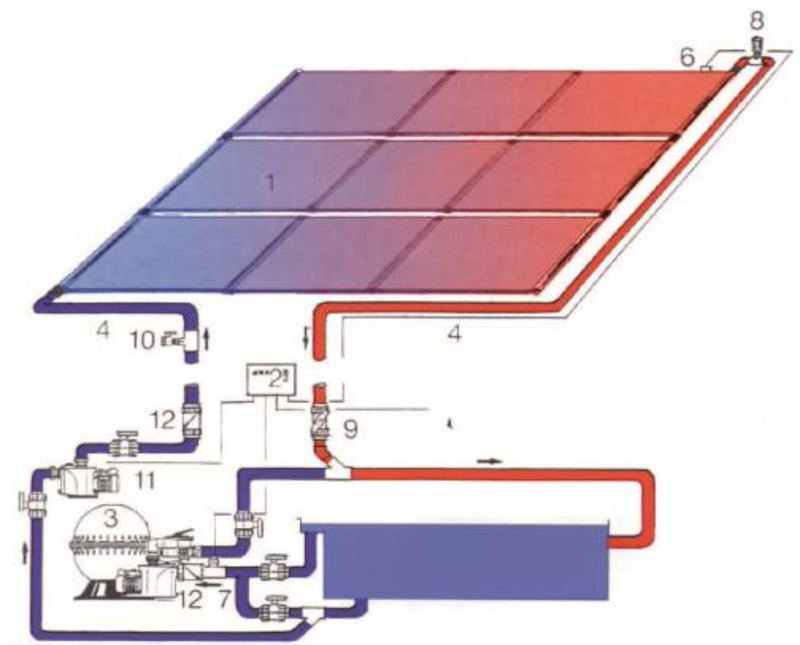
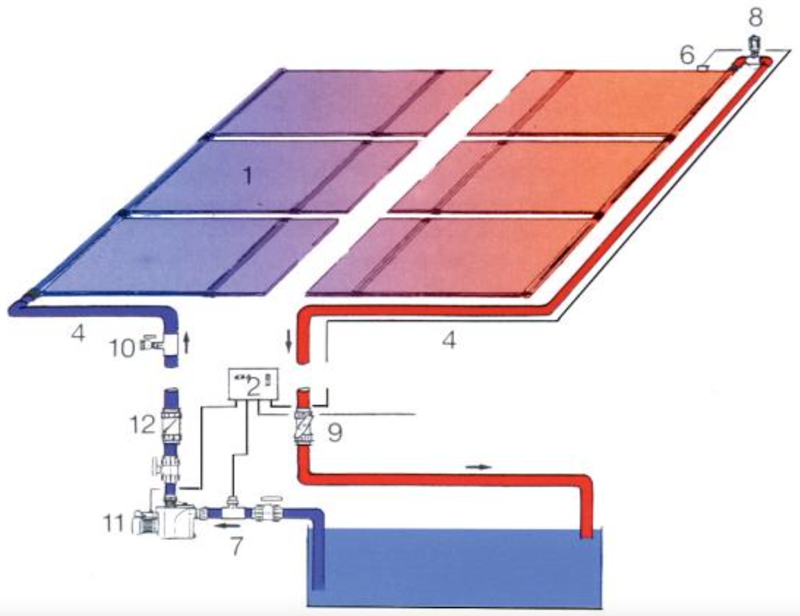
 This type works with any liquid, whether it conducts or not. Good quality floating valves snap shut when the level is reached - cheap variants close slowly and generate noise in the process. The disadvantage of float valves is that they require a relatively large amount of space and are always on the surface. Also, the level is always filled up immediately, which increases water consumption.
This type works with any liquid, whether it conducts or not. Good quality floating valves snap shut when the level is reached - cheap variants close slowly and generate noise in the process. The disadvantage of float valves is that they require a relatively large amount of space and are always on the surface. Also, the level is always filled up immediately, which increases water consumption.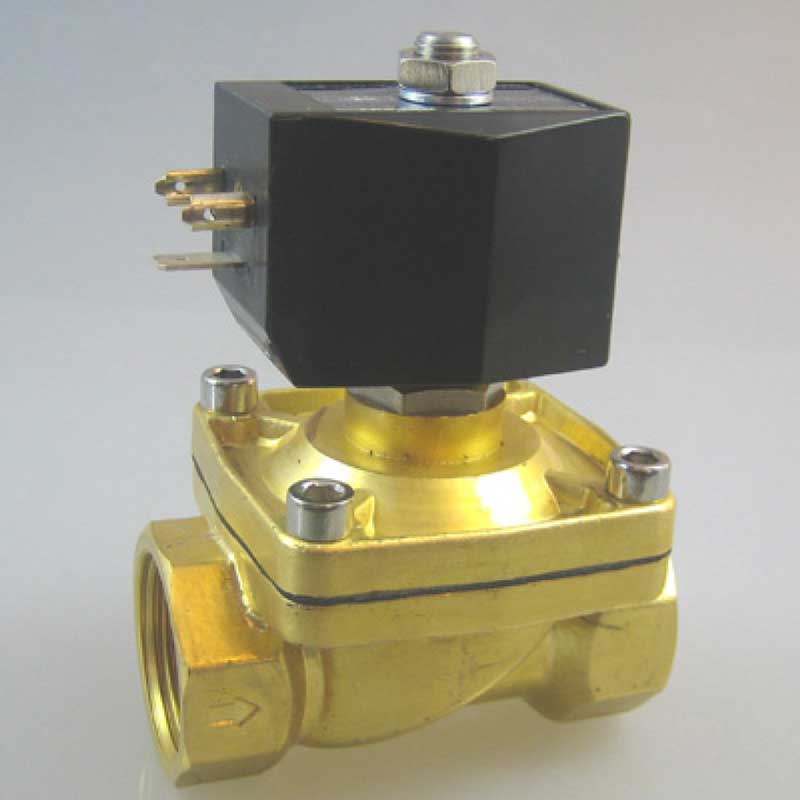 This solution requires a switching device with one or two sensors and a strong solenoid valve. Only conductive liquids work with these sensors. Please note that rainwater conducts poorly or not at all.
This solution requires a switching device with one or two sensors and a strong solenoid valve. Only conductive liquids work with these sensors. Please note that rainwater conducts poorly or not at all.